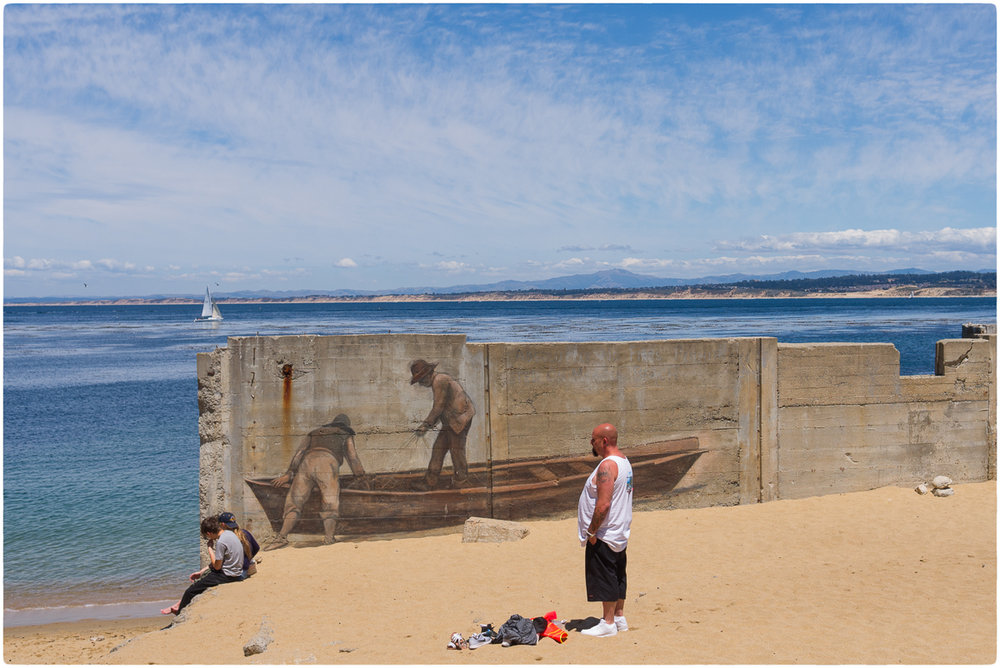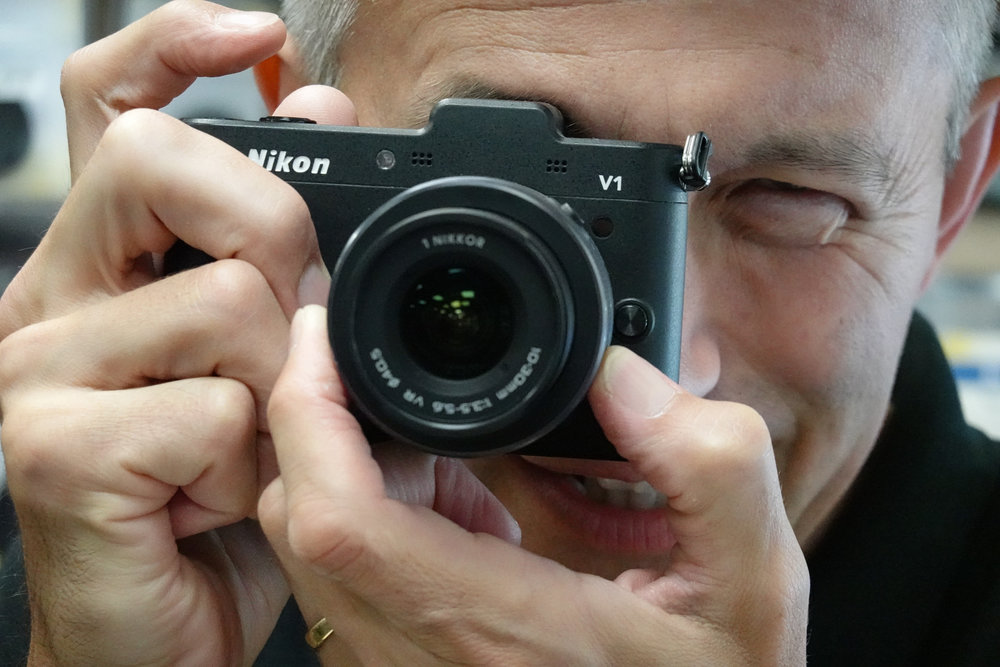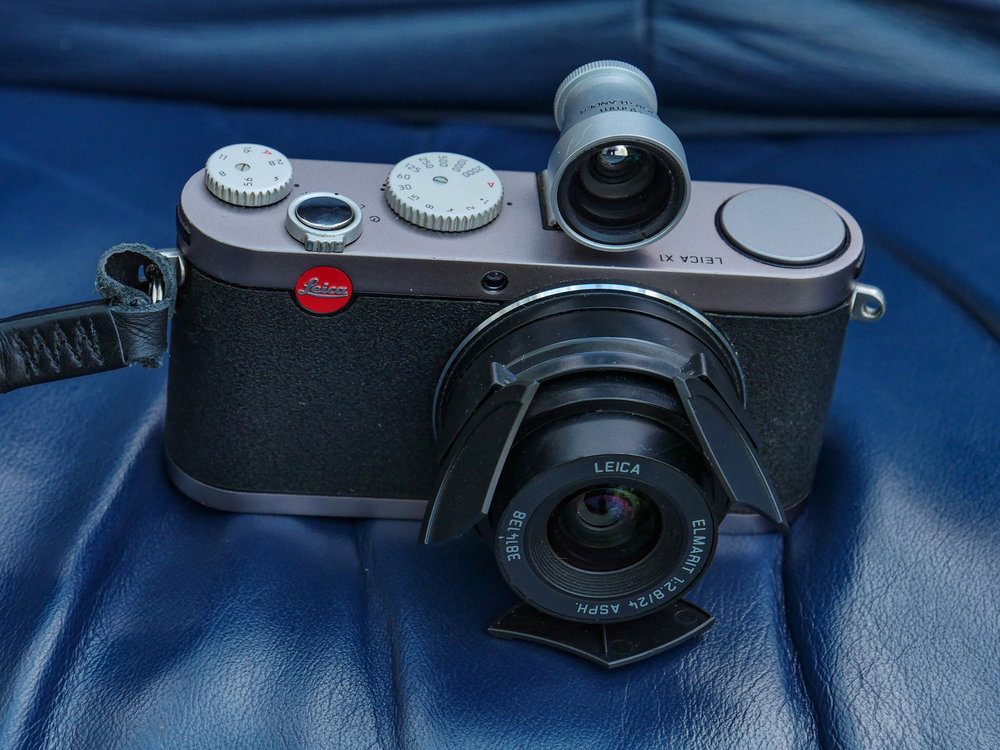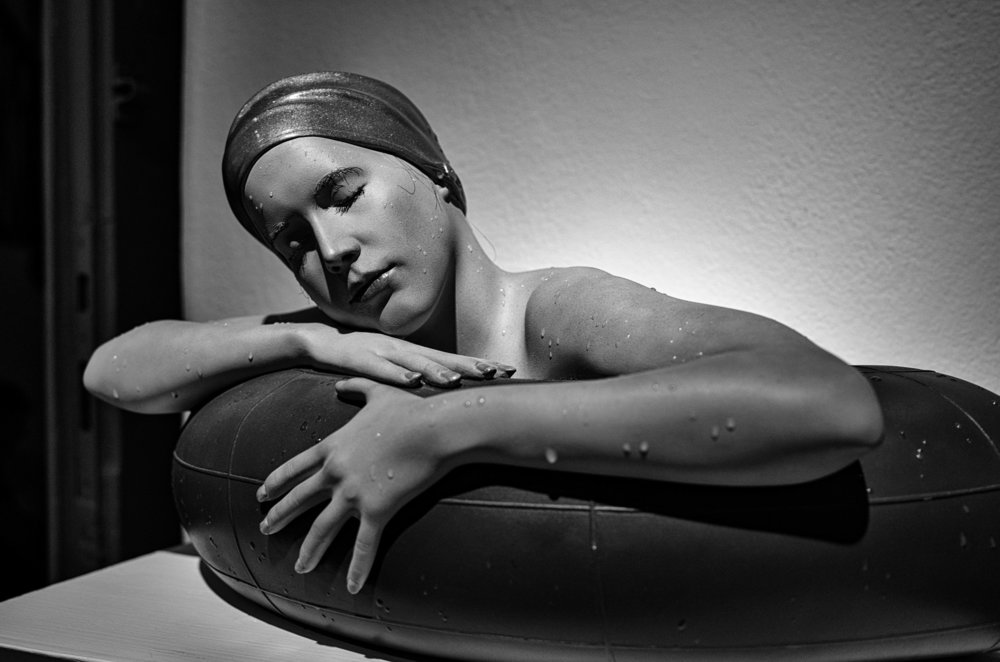
Jason Hannigan’s review of his “new” Fuji X20 proves yet again that we don’t always need the latest and greatest to produce good photographs. Almost any digital camera produced in the past decade is good enough and there are some cracking bargains out there. I’ve seen amazing results from early-century digitals with 5MP sensors that still hold up well. As we know, it’s the composition, the photographer’s eye and the story that sells a picture. It’s not the latest technology used to capture the scene.

Every year manufacturers entice us with faster autofocus, more processing options, better sensors and sleeker bodies. But many of these advances are of little importance to the stills photographer who works with the basics of aperture, shutter speed and sensitivity. Sure, faster autofocus is useful, but for many tasks, any digital camera made in the last five or even ten years is perfectly adequate. And cameras with 10MP or 16MP sensors still manage to produce great results as we’ve seen time after time with, say, the Leica X1 in the hands of John Shingleton.
Here at Macfilos, we’ve explored the use of older cameras, from the early 2004 Digilux 2 — which I owned and enjoyed for a time — to the eight-year-old X1 which John Shingleton in Australia still wields as his main camera. I still own one and use it frequently, despite having access to all the latest equipment. There’s something uplifting about handling this simple little device. A few months ago I put it up for sale but then had remorse and decided to keep it for old time’s sake.

When it comes to the grandaddy M rangefinder, any digital version, from the M8 through to the M10 will delight. Many still think that the M9, with its CCD sensor and lack of live view, hits the sweetest spot, despite its relatively poor ISO performance. And with the rangefinder, the good news is that any lenses you buy will fit the newest M10 or almost any Leica made since 1954.
Anyone wishing to move up a notch from even the best smartphone camera doesn’t have to spend a fortune. Cameras such as the X1 (or the X2 with live view and the possibility of an EVF), the Fuji X20 or the original X100 still provide a lot of fun and will continue doing the job for years to come. There is also a plethora of attractive and capable micro four-thirds gear out there and just waiting to delight.
The Nikon 1 series, despite its age, still performs well and has surprisingly quick autofocus. It has the one-inch sensor now popular in travel cameras (RX100/Leica C-Lux) but has the distinction of being an interchangeable lens system. You can pick up a good Nikon 1 and lens for under £200.

And I can’t let this argument go without mentioning one of my all-time favourites, the Ricoh GR. I still own the original Mk.I version of this tiny APS-C 28mm pocket camera and it has been my constant companion for years. It sits unobtrusively in the corner of my bag yet invariably stuns with its abilities when called to use — perhaps as a lightweight camera to carry after a day at the beach, or as an emergency if the camera du jour plays up.
What classic digitals would you like to add to this list?
___________
You can find more from John Shingleton at The Rolling Road and on Instagram at therollingroad.
- Subscribe to Macfilos for free updates on articles as they are published
- Want to comment on this article but having problems?

Here are a few personal favourites (..if I can get them down in time before a message about ‘SquareSpace’ pops up and deletes it all..)
Sony F828 – the one with the up-&-down tilting lens and the 28-200m (equivalent) zoom, and the super-efficient "4 Colour Super HAD CCD" ..which would take superb pictures in low light, as long as you waited for TWICE the period that the shutter was open ..so that it would automatically remove noise from low-light pictures.
Ricoh GXR – especially the A2 (was it?) module, which made it, essentially, a Leica M8, but smaller, lighter, with a silent shutter, and with an electronic viewfinder.
Canon 300D – the original every-person’s digital SLR. Magnificent quality and versatility for the money.
Casio ZR-1000 – a small, unremarkable compact, but with terrific low-light capability, shooting 12 pictures in very rapid succession, even hand-held, and blending them together into one noise-free low-light picture. Every other option imaginable: very fast shooting (if that’s what you want), enormous versatility, taking selfies, or other shots, just by waving your hand at the camera from any distance. (Nice leather case if you got the Anniversary Edition.)
Panasonic GF1 – the start of the silent-shutter + mirror-less electronic finder, interchangeable-lens m4/3 revolution.
Epson R-D1 – showing Leica how it could be done, with quaint and quirky analogue dials on the first digital rangefinder.
Canon 5DMkII – breakthrough SLR with 36x24mm "full-frame" hi-def video on a stills camera, which started the entire high-quality, shallow d-o-f video-with-a-stills-camera revolution.
Nikon Df – rather overpriced when it first appeared, but compatible with almost every manual and automatic Nikkor lens ever made, and with excellence in low light instead of over-the-top high pixel counts.
Nikon P7700 – small, handy, ‘compact’ with an exceptionally sharp lens.
Sony A7S – first camera to really deliver extreme low-light capability (with only 12 megapixels) so that you could shoot absolutely anywhere, any time, and still have a great photo. Also shoots silently. (The later A7SMkII added built-in stabilisation, but the body wasn’t quite so nice and solid, and some of the replay-zoom capabilities were less convenient.)
Olympus E-M5 ..and then E-M1 – great quality in a small body, with incredible stabilisation built-in (so could be used with small lenses which did not have their own stabilisation). Silent shutter! (E-M1 restricted to maximum ISO 3200 in silent mode, E-M1MkII restricted to maximum ISO 6400 in silent mode: PEN-F with no such restrictions in silent mode!)
Pentax Q-S1 – ridiculously tiny interchangeable-lens compact camera with BUILT-IN STABILISATION ..but only really worth including once the ’08 wide zoom’ lens was introduced: extreme wide shots with an entirely unobtrusive, very responsive, instant-focus, teeny dimensions, super-lightweight camera.
Phew, what a scorcher! I’ll add that lot to the list. I’m thinking we will have a little voting session and come up with the classic digital to buy. Glad you didn’t get Squarespaced out. Perhaps cut and paste would help in future…..
Excellent article, Mike.
I’m a believer in the CCD tech delivering different results from modern CMOS, and sometimes those results are superior imo.
My old Pentax K10D remains a favourite. It was a great camera, appalling results above ISO800 and slow AF notwithstanding.
The other one I’m always on the hunt for is the Olympus E-1. Only 6mp but the Kodak ccd sensor has gorgeous colours from the samples I’ve seen. Hard to find them these days.
Hi Mike, As you well know I am in my second year of only using the Leica X typ 113, it does produce some amazing images. Although tomorrow, I will break what is now well over 18 months sole use of the X, and pull the old Nikon D300s out of retirement as needs must (the X just won’t cut tomorrows gig, although it will be with me). The D300s is another old gem, that I love, and will be a decade old next year – might be a little outside the articles intent though.
Dave
I couldn’t agree more. I bought a 2nd hand leica x2 in mint condition at a very decent price after reading much praise from John Shingleton and looking at his photos with the x1. The x2 has become the only camera I use with a ricoh grd 4 I bought brand new for £50. Both cameras produce amazing color and black and white photos. Before that the ricoh gr was my only camera but I think it’s coming close to its final breakdown with more than 11K shots and many trips in this wide world. I’d rather buy a one month trip for my wife and I to Tibet than a M 10 with a 35 summilux FLE (unless I win at the lottery ah,ah,ah). I’d like also to thanks you for the amazing and inspiring blog you are running which I read every day.
Jean
Jean, thank you first for your kind comments on Macfilos. It is good to get positive feedback and it encourages me to continue. I agree with your comments on the X1/2. Although I have owned the X2 in the past, I really would like to find one at a good price. I do love the X1 but I think I would like to try the X2 again because of the EVF which would help for me.
The viewfinder transforms the photo-taking process of the X2, thogh it has to be admitted the X1 without hump is æsthetically more pleasing in itself. My struggle with both the X1 and X2 – purchase inspired by John Shingleton’s images on this site – is the 35mm lens (equivalent). I’m more at ease with 50mm, so going out with only the X2 is quite a decision!
I would ad Leica Monochrom CCD
A good suggestion and I agree with you. We should start a list from all the comments on this article and then see if we can refine it by voting.
As will have been clear from my article here earlier this year, I’m absolutely sold on the Digilux 2 – image quality, handling – the lot. But I should like to give an honourable mention to the Digilux 1 which has the best LCD shade, I know – and collapsible, too. Makes lovely painterly images
The Digilux 2 should definitely be on our list.
Nikon Coolpux A. Very small APS-C camera, great lens. Underrated camera.
Another good one. I used the Coolpix for w
time and I remember is was a close-run thing with the GR. In many ways I preferred the Nikon but it was the Ricoh that got all the attention
Mike — You are so right. After owning the various D-Lux versions (I still have the D-Lux 4 and use it for black and white occasionally), I bought the X2 which is still my light-weight go to and fro camera (although the CL with its pancake 18mm is gradually taking over). But the X2 is really great – it renders the light so well. I love John Singleton’s X1 photos. I have, however, tried the Ricoh GR (the analog version, which I still have, was with me for years) the color resolution seemed flat and needed too much post production for my taste. The earlier multiple module GRX was great – and never got dusty inside!
I agree that the Ricoh excels as a “mini Monochrom” but other cameras beat it on colour.
The Leica M8, with a 35mm 2.8f Summaron lens (the one with goggles).
Seems I travelled a more or less parallel road here…. Got a brand new Digilux 2 in 2004, which remained my No. 1 camera until I finally got my M9 delivered in Feb 2010 (still my new No. 1). But, in 2012 I found a beat-up, but still working X1, which became my "light-weight alternative". Then almost a year ago, my dealer showed me a "new old stock" X2 he had found in his store: brand new, with full Leica warranty. It became mine for a mere pittance, compared to its original list price, and I use it a lot; prefer the more solid feel over the X1.
And, I do have a Ricoh GR as well… Don´t quite feel the colours are up to Leica standard, so I keep it on B/W, where it does a superb job. I put it in the 1:1 aspect ratio for square images, so it becomes my "shirt pocket Rolleiflex).
I would like an X2 but just cannot find anything at a decent price. The dealers seldom have used examples in stock and I can only presume that owners cling on to them. I think it is now a true classic digital.
I love the X1. Still use it from time to time. A few months ago I got a Digilux2. And love that too.